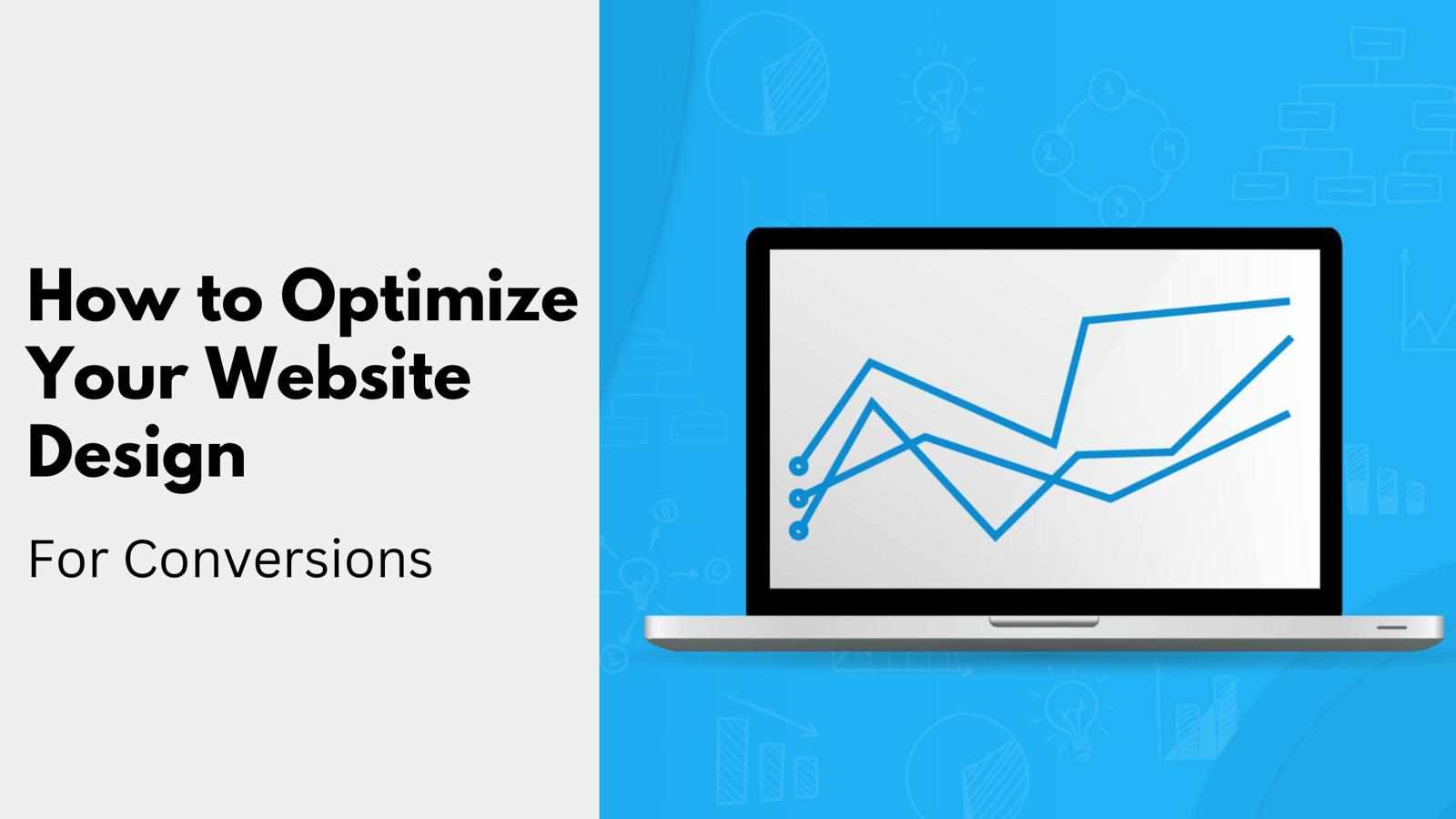
Introduction
In today’s fast-paced digital landscape, businesses and individuals are increasingly looking for efficient and accessible ways to create stunning websites without the need for extensive coding knowledge. The rise of no-code and low-code web design tools has revolutionized the way websites are built, making the process more streamlined, cost-effective, and inclusive. This shift is empowering entrepreneurs, designers, and developers alike by offering powerful solutions that require minimal technical expertise.
Understanding No-Code and Low-Code Web Design
What is No-Code Web Design?
No-code web design refers to platforms and tools that enable users to build websites without writing a single line of code. These platforms offer intuitive drag-and-drop interfaces, pre-designed templates, and customizable components that allow users to design and deploy professional-grade websites effortlessly. Popular no-code web design tools include Webflow, Wix, Squarespace, and Bubble.
What is Low-Code Web Design?
Low-code web design, on the other hand, provides a middle ground between traditional coding and no-code solutions. While it still simplifies the development process with visual tools and templates, it allows for some level of coding to enable more customization and functionality. Platforms like WordPress, OutSystems, and Mendix fall into this category, allowing developers to streamline development while retaining control over coding elements.
Why No-Code and Low-Code Web Design is Gaining Popularity
Accessibility for Non-Developers — With no-code and low-code platforms, individuals without a programming background can now create fully functional and visually appealing websites.
Faster Development Time — Traditional web development can take weeks or even months. No-code and low-code tools speed up the process, allowing businesses to launch their sites quickly.
Cost-Effective — Hiring professional developers and designers can be expensive. No-code and low-code tools offer an affordable alternative.
Ease of Maintenance — Updating a website no longer requires extensive coding knowledge, making it easier for businesses to manage their online presence.
Scalability and Flexibility — These platforms allow users to scale their websites by integrating additional features as needed.
The Impact of No-Code and Low-Code on the Web Design Industry
The increasing adoption of no-code and low-code solutions is reshaping the web design industry. Traditional developers are now working alongside designers and business owners, utilizing these tools to create dynamic and feature-rich websites more efficiently. While some developers worry that no-code tools might replace their roles, the reality is that these platforms complement development efforts by reducing repetitive tasks and enabling a focus on advanced functionalities.
SFWPExperts: Elevating Web Design with Custom Solutions
While no-code and low-code platforms have simplified web development, businesses often require tailored solutions to achieve their unique goals. SFWPExperts, a leading WordPress website design company, specializes in creating customized, high-performance websites that align with clients’ branding and objectives. Combining cutting-edge technology with expert craftsmanship, SFWPExperts ensures that businesses leverage the right tools and strategies for a standout digital presence. Whether integrating no-code solutions or building from scratch, SFWPExperts provides the expertise needed for success.
Popular No-Code and Low-Code Web Design Tools
1. Webflow
Webflow is a popular no-code web design tool that offers advanced design capabilities with a visual editor, CMS integration, and responsive design features. It caters to designers who want full creative control without needing to code.
2. Wix
Wix is a widely-used no-code platform that provides a drag-and-drop builder, AI-driven design suggestions, and extensive customization options. It is ideal for small businesses and personal websites.
Read More: The Rise of No-Code and Low-Code Web Design Tools
Read More Articles:
The Rise of AI Website Builders: How WordPress is Revolutionizing Web Design in 2025
How AI Chatbots & Virtual Assistants Are Enhancing WordPress Websites
Web 3.0 and Blockchain in Website Design: What You Should Know
AI-Powered SEO: The Future of Search Rankings for WordPress Websites
Enhancing WordPress Accessibility with AI: Smarter UX for Every User
WordPress Website Redesign: How To Redesign An Existing WordPress Website?
Best Cloud-Based Technologies for Scalable Website Development

















Write a comment ...